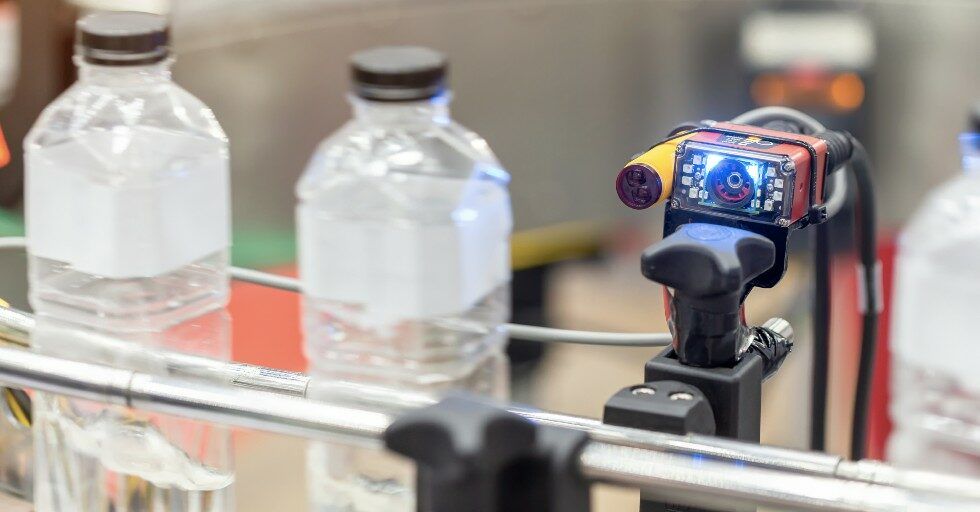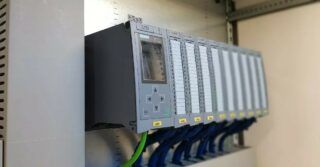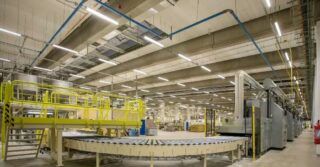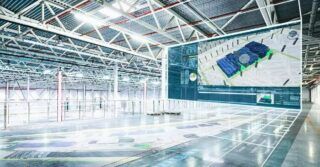The global machine vision market is poised for significant growth in the next five years, primarily driven by the increasing demand for 3D cameras, particularly within mobile robots and robotic picking applications. The anticipated Compound Annual Growth Rate (CAGR) of 13% for 3D cameras until 2028 surpasses the overall machine vision market’s single-digit CAGR of 6.4%.
Projections indicate that revenue for 3D machine vision cameras will soar from $767 million in 2022 to nearly $1.6 billion in 2028, with notable emphasis on the robust expansion of time-of-flight and stereo-vision cameras.
Interact Analysis recently released its inaugural report on the global machine vision market, which recorded a revenue of $6.26 billion in 2023, reflecting a slight decrease of -2.8% from the previous year. Despite this minor contraction, a steady growth rate of 6.4% is anticipated over the forecast period, with a modest 1.4% growth expected in 2024.
Strong growth of 13% is predicted for the 3D Camera Market over the next 5 years.
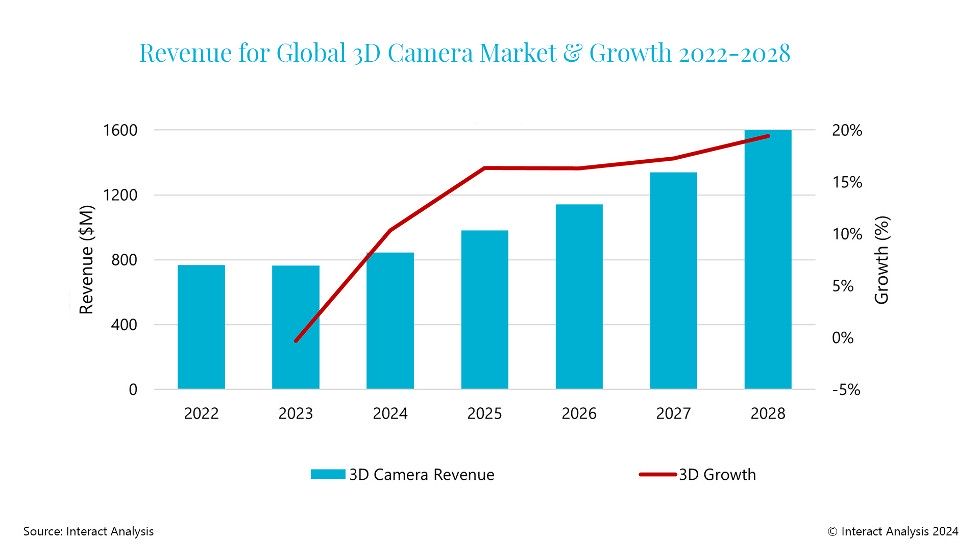
Types of 3D machine vision cameras
3D cameras can be divided into 4 product types, each of which has key features and advantages for different applications:
- Structured Light 3D Cameras: Utilizing known light patterns, these cameras calculate object depth and shape by analyzing pattern deformations. Commonly deployed in precise measurement scenarios like bin picking applications, these cameras, exemplified by the Zivid 2, tend to be more expensive.
- Stereo-Vision Cameras: Equipped with two cameras to perceive depth through binocular disparity, stereo-vision cameras are vital in robotics, especially for applications like autonomous driving. Basler’s Stereo cameras exemplify this category.
- Time-of-Flight 3D Cameras: Determining object distance by measuring light travel time, these cameras are preferred for high-speed but lower-quality image acquisition. Lucid’s Helios 2 is an example, often chosen for its cost-effectiveness in mobile robot applications.
- Laser Triangulation 3D Cameras: Employing lasers to create three-dimensional representations, these cameras, such as LMI’s Chroma-Scan, are favored for high-precision quality inspection and mobile robot guidance.
Market share and growth
Despite being more affordable, stereo-vision and time-of-flight 3D cameras are poised for substantial market growth, gaining 3% and 2% market share, respectively. Predicted Compound Annual Growth Rates of 19% for stereo-vision cameras and 17.3% for time-of-flight cameras over the forecast period outpace the overall 3D machine vision camera market growth.
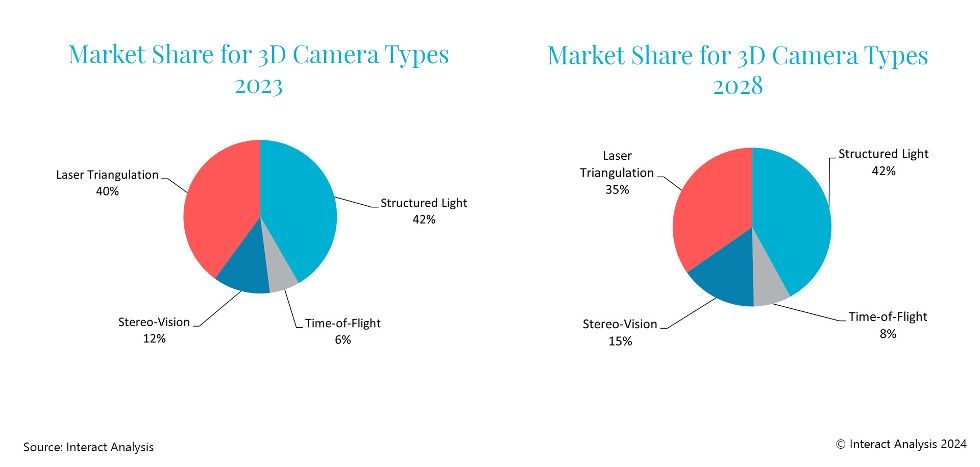
Factors driving growth
Key factors fueling the rapid growth of 3D cameras include anticipated price declines across all types, enabling system upgrades from slower 2D systems. The market benefits from the entry of new vendors, particularly in China, contributing to price competition. Applications like autonomous driving and bin picking are major growth areas, with projected CAGRs of 20.8% and 19.2%, respectively.
New developments
Recent notable products in the 3D camera market include Photoneo’s MotionCam 3D, renowned for its high-speed motion scanning, Lucid Vision Labs’ Helios2 Ray with real-time 3D point cloud generation, and Orbecc’s Gemini 2 XL stereo-vision 3D camera designed for demanding lighting conditions.
Summary
The 3D camera market is undergoing dynamic growth, driven by technological advancements, competitive pricing, and expanding applications. The ‘Machine Vision 2024’ report by Interact Analysis offers comprehensive insights into this evolving landscape, providing granular data across various products, industries, applications, and countries.
For more information read the article of Jonathan Sparks from Interact Analysis: https://interactanalysis.com/insight/3d-cameras-to-drive-machine-vision-market-growth/


